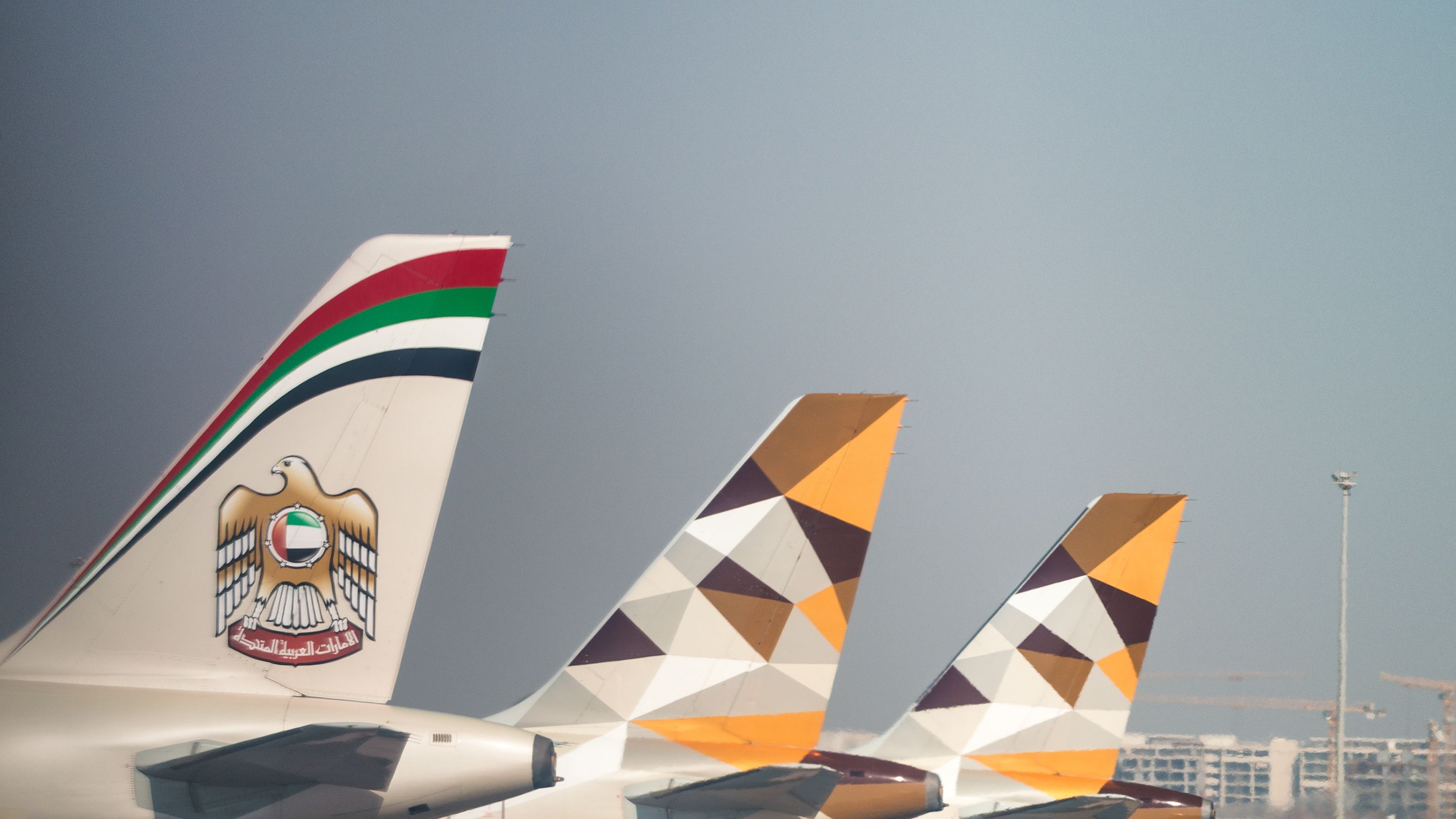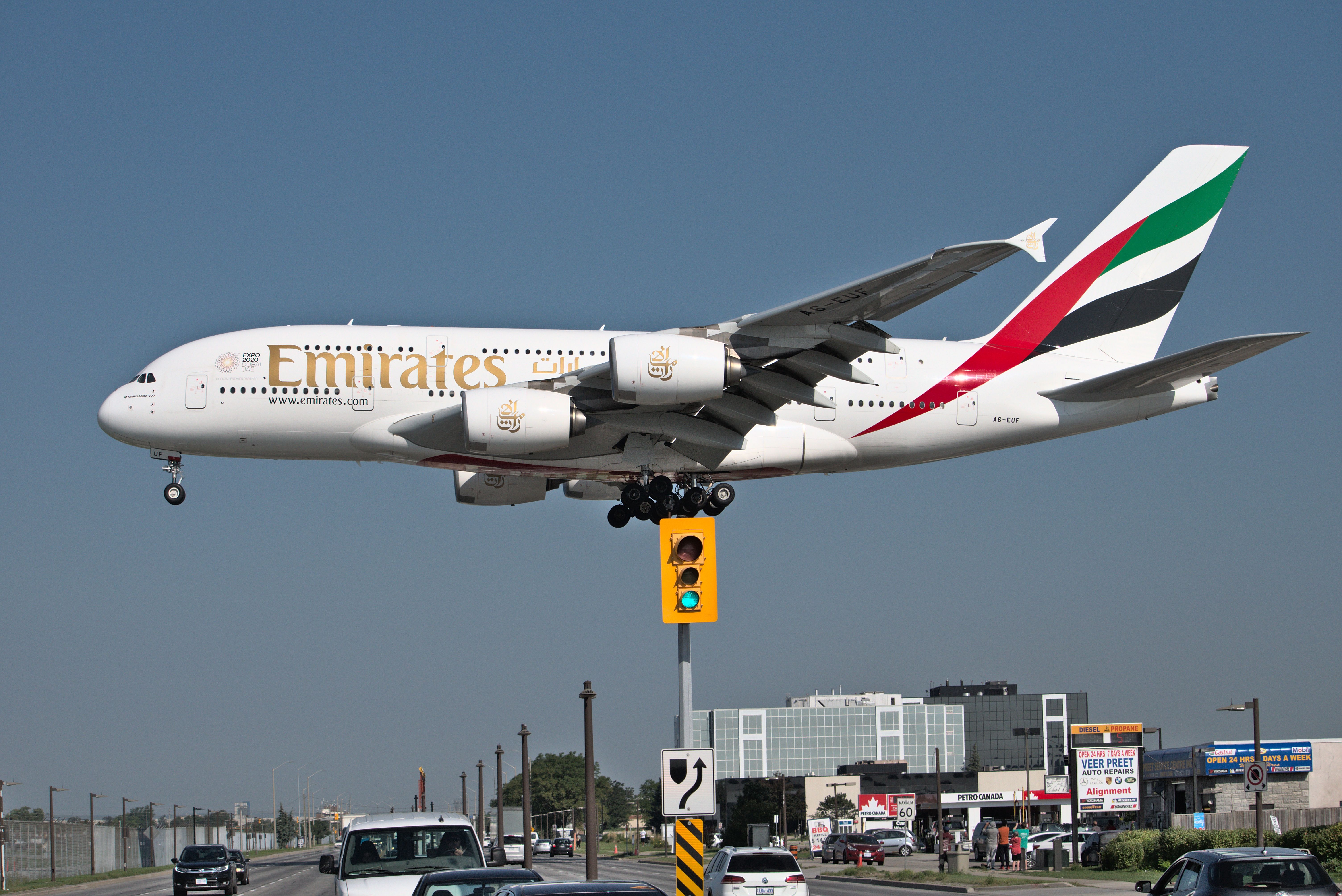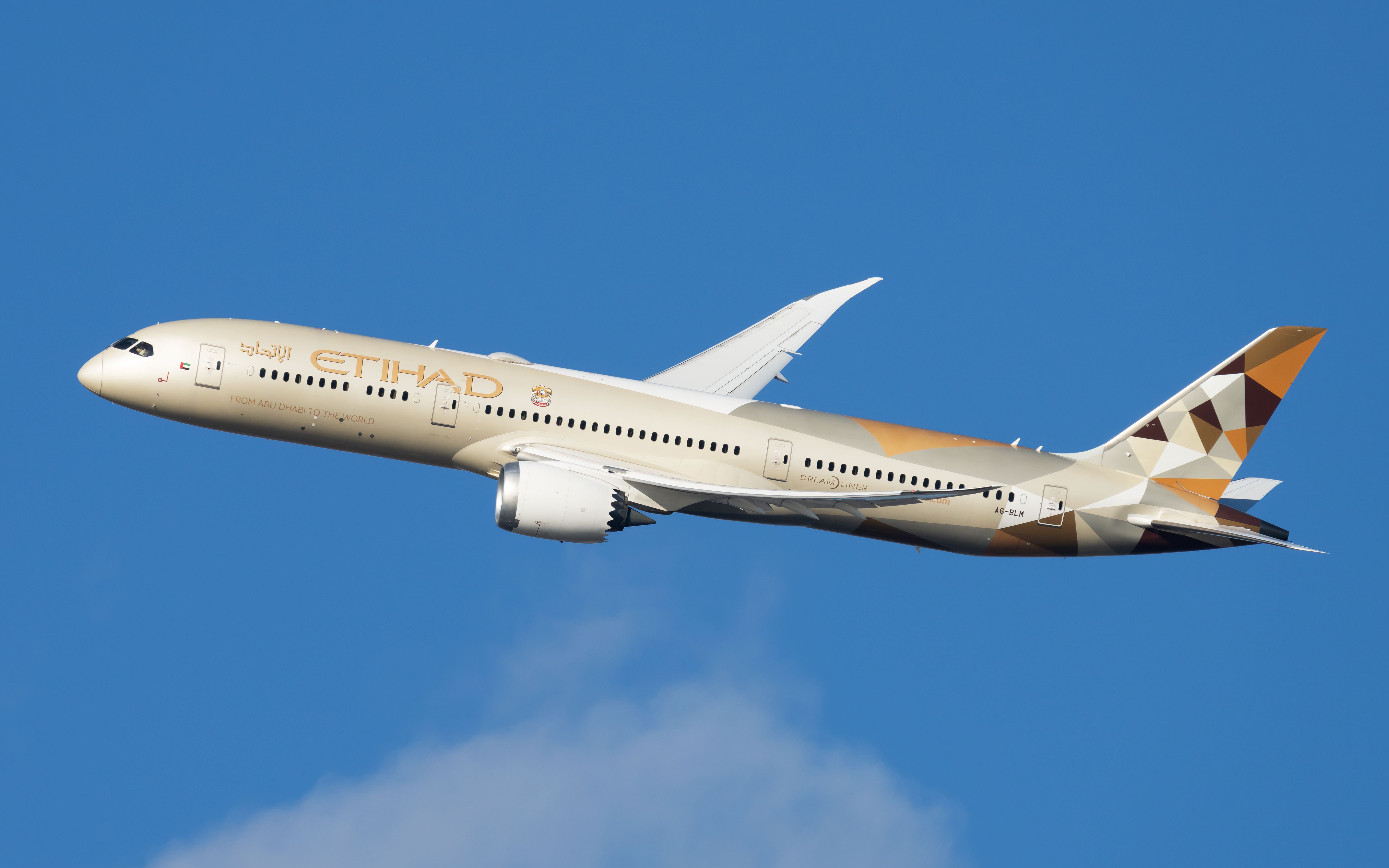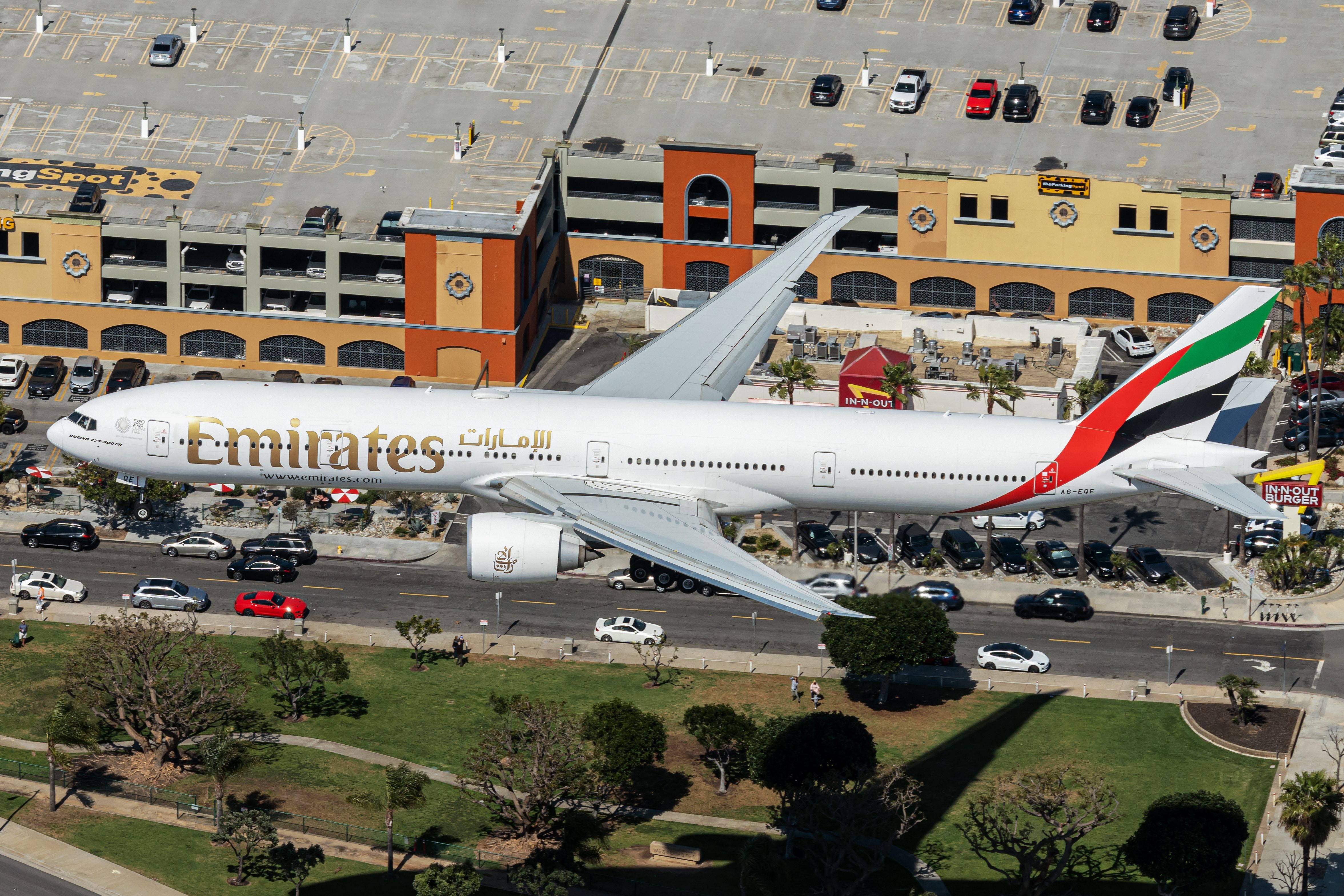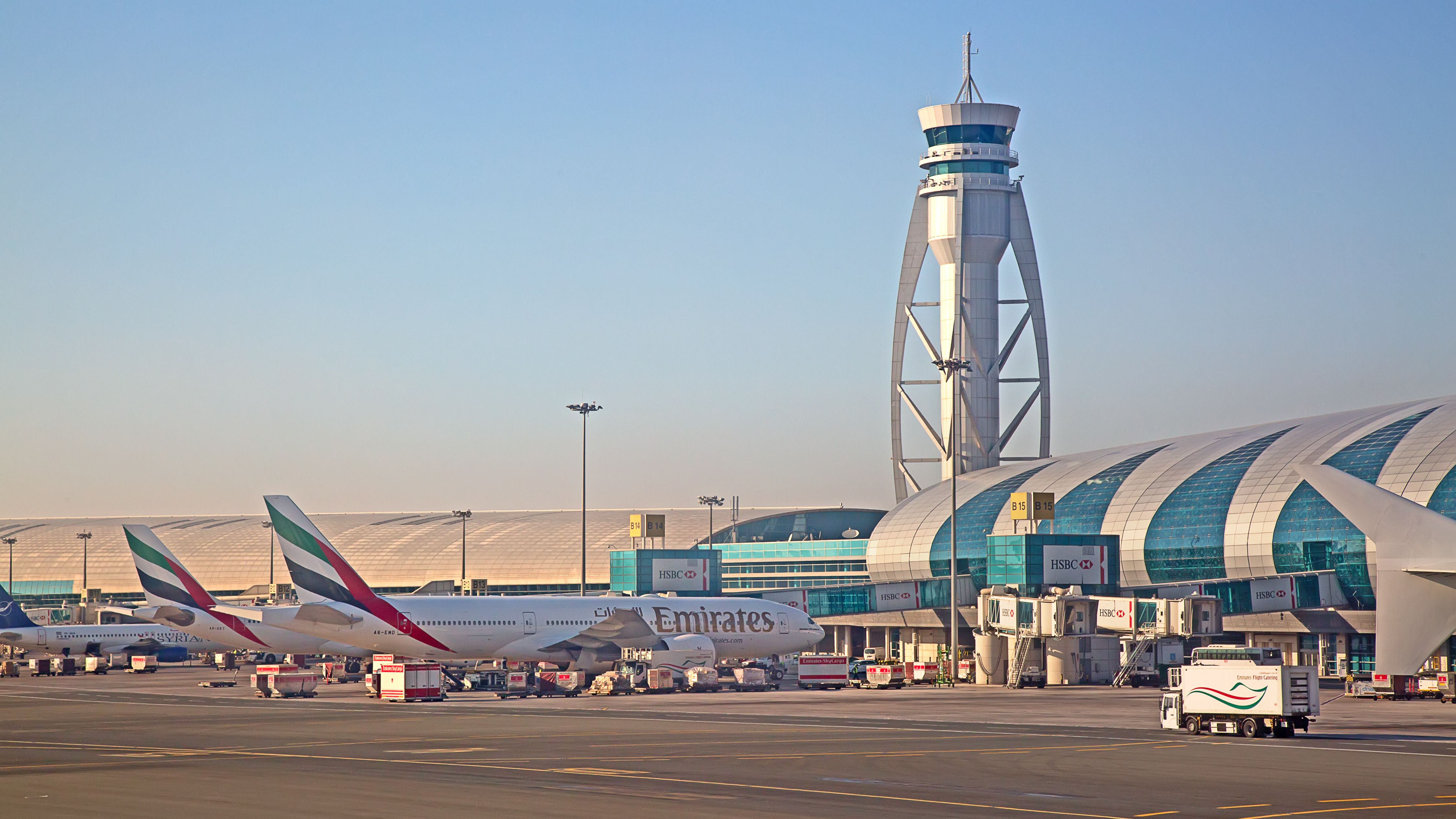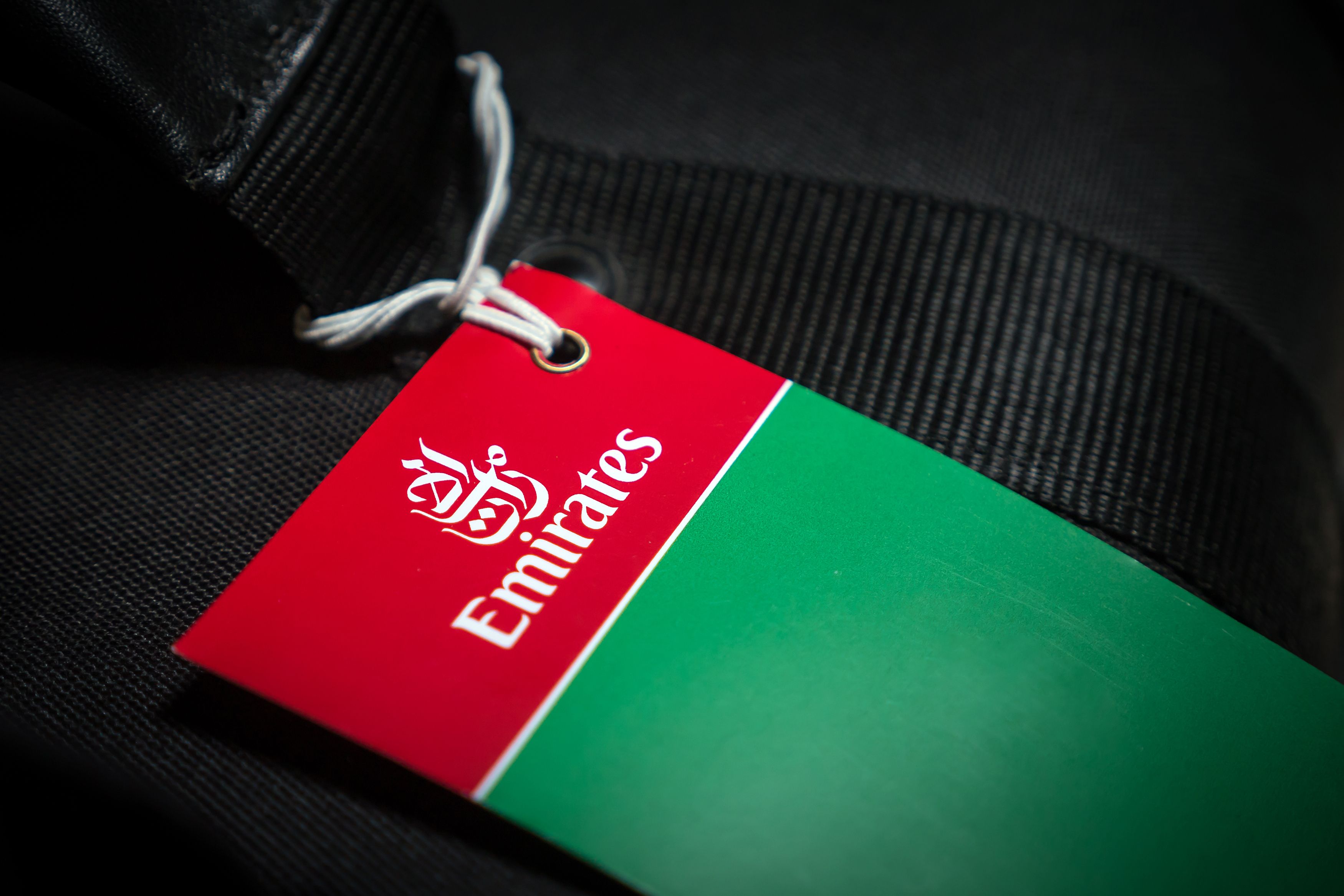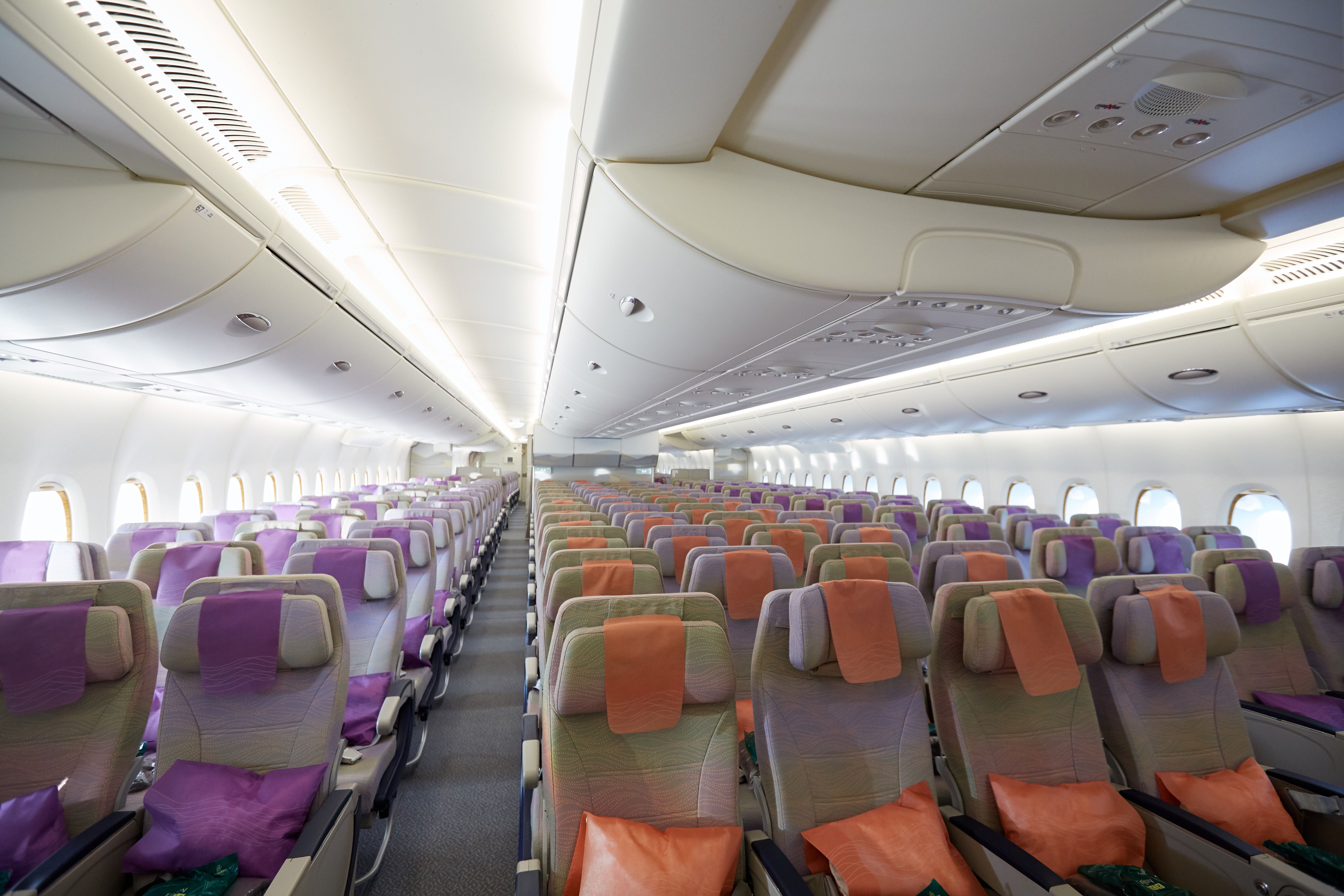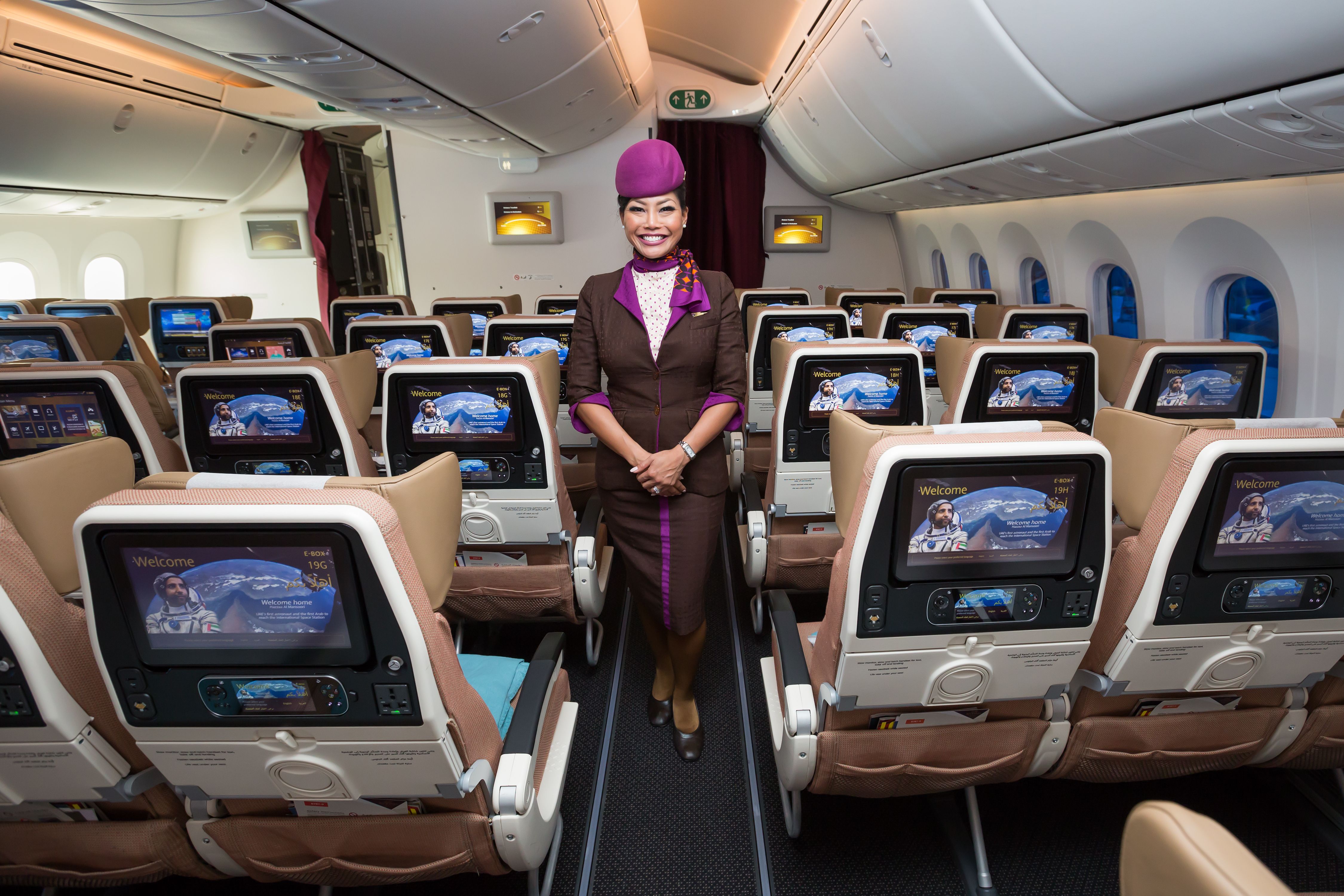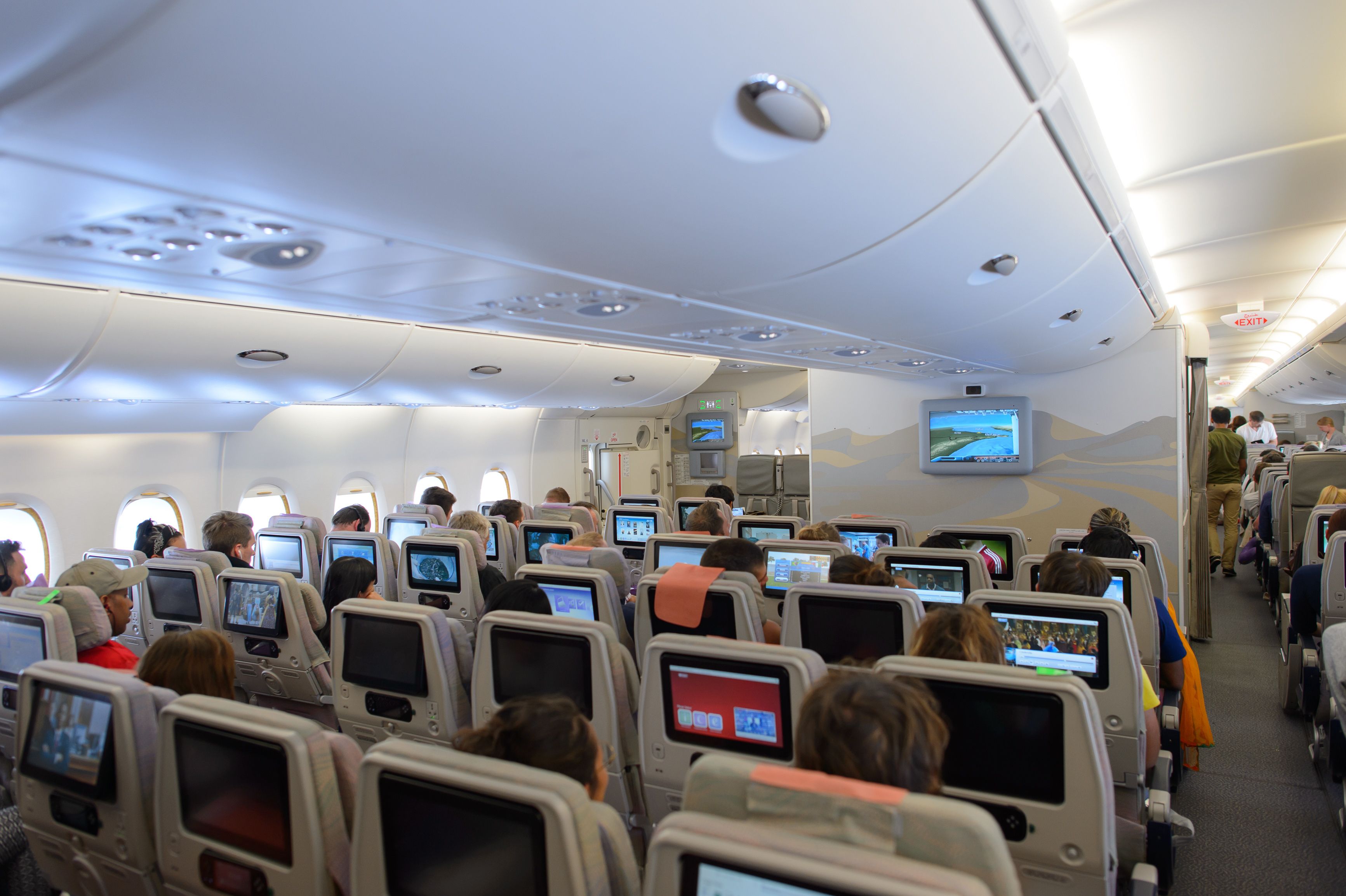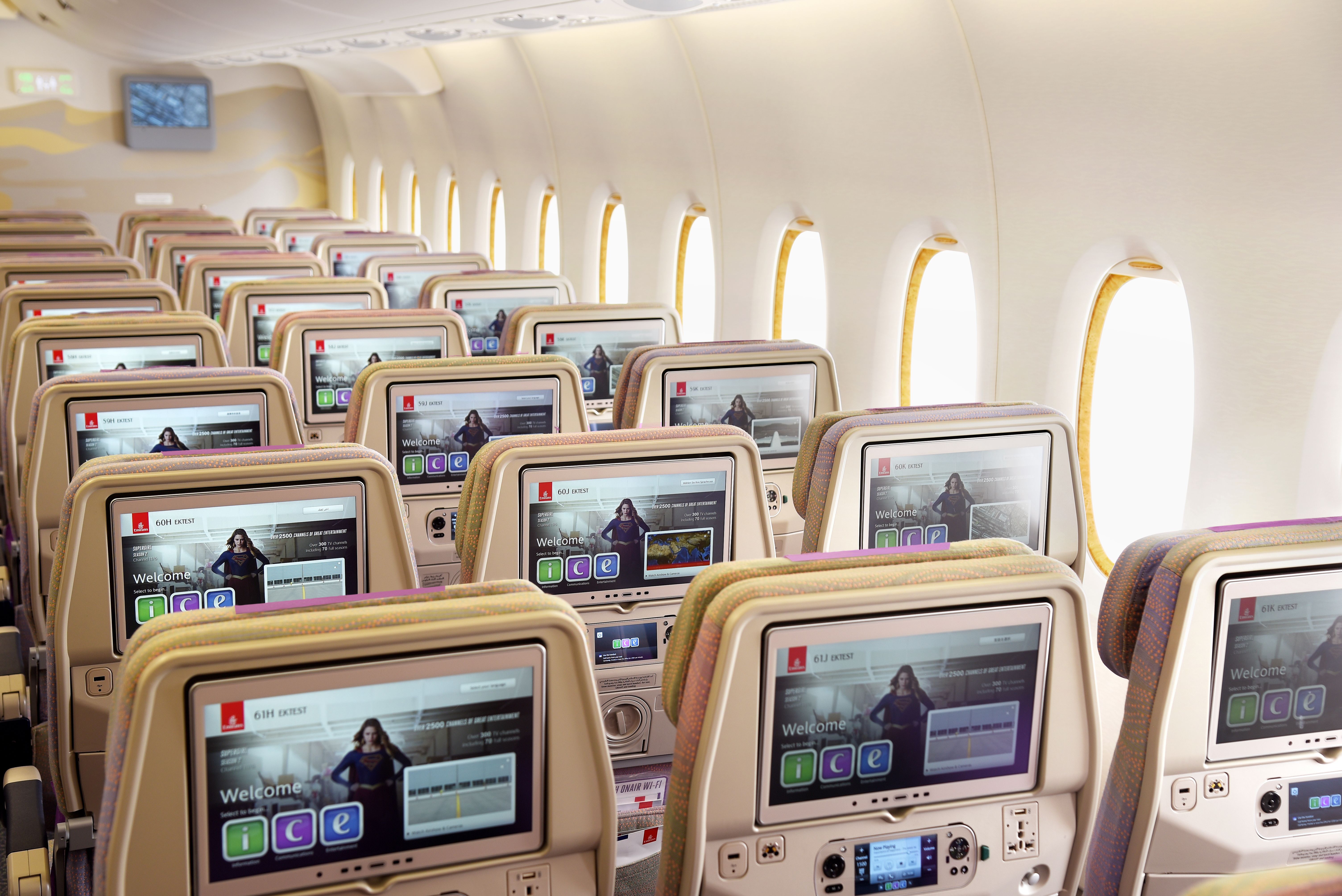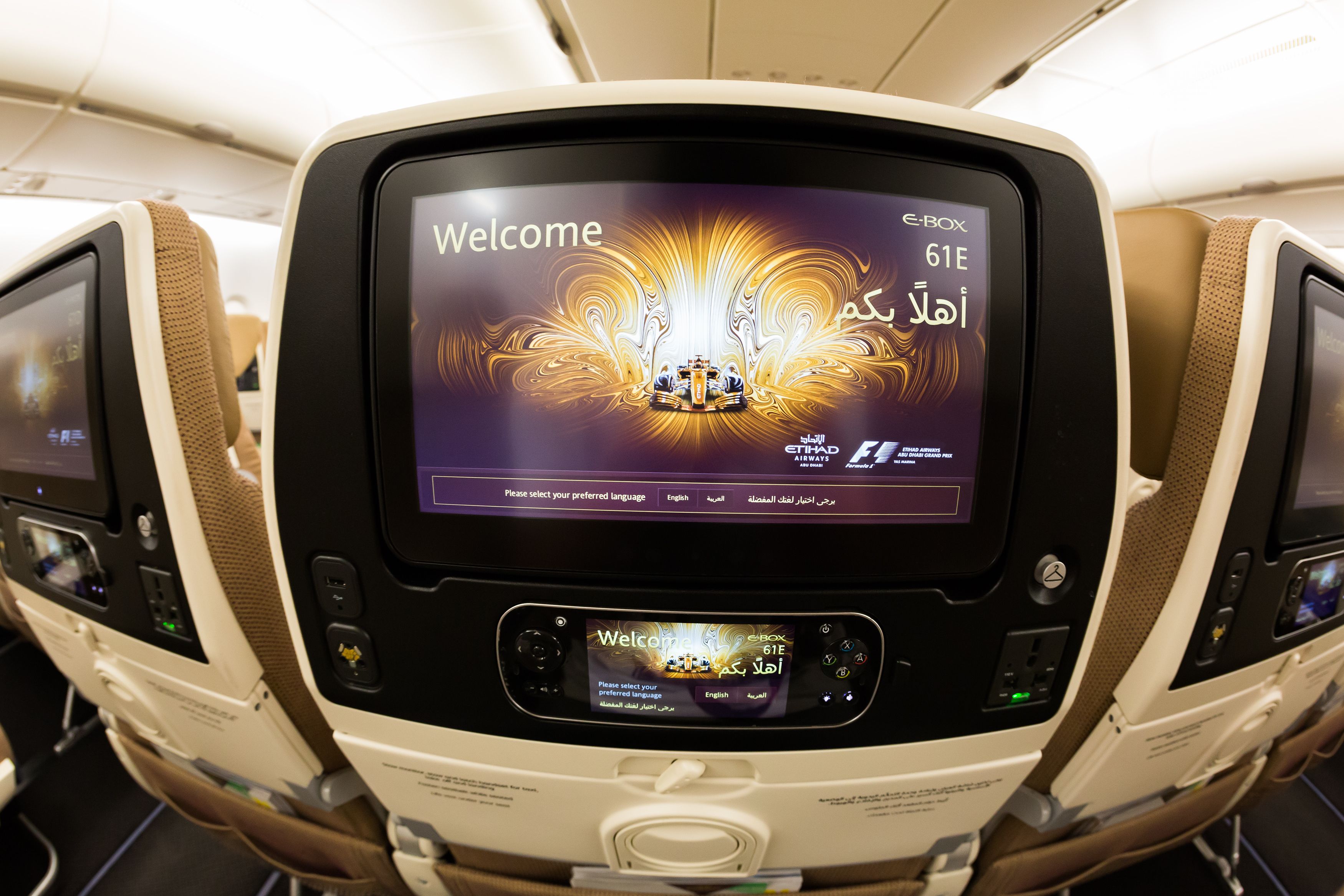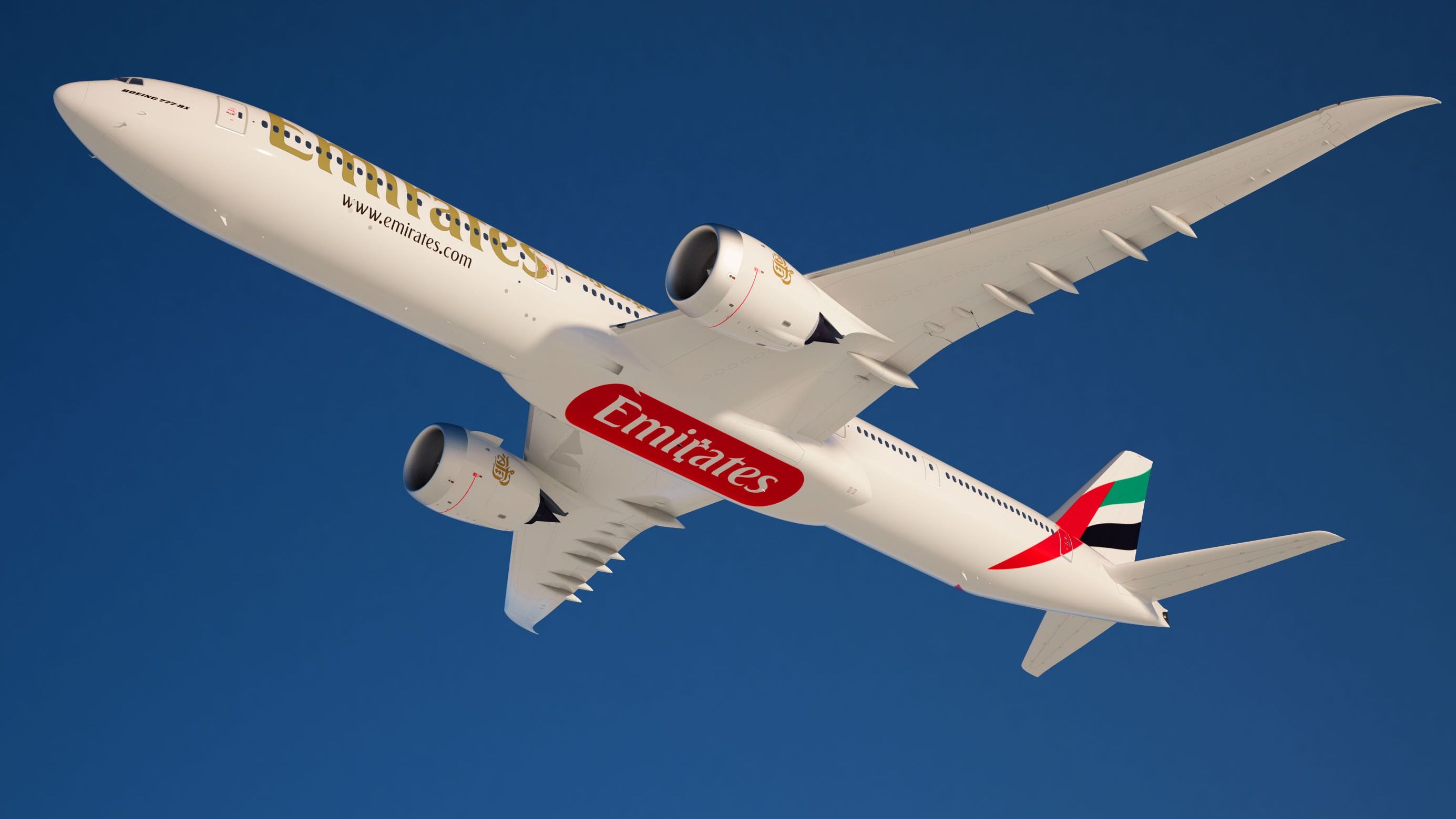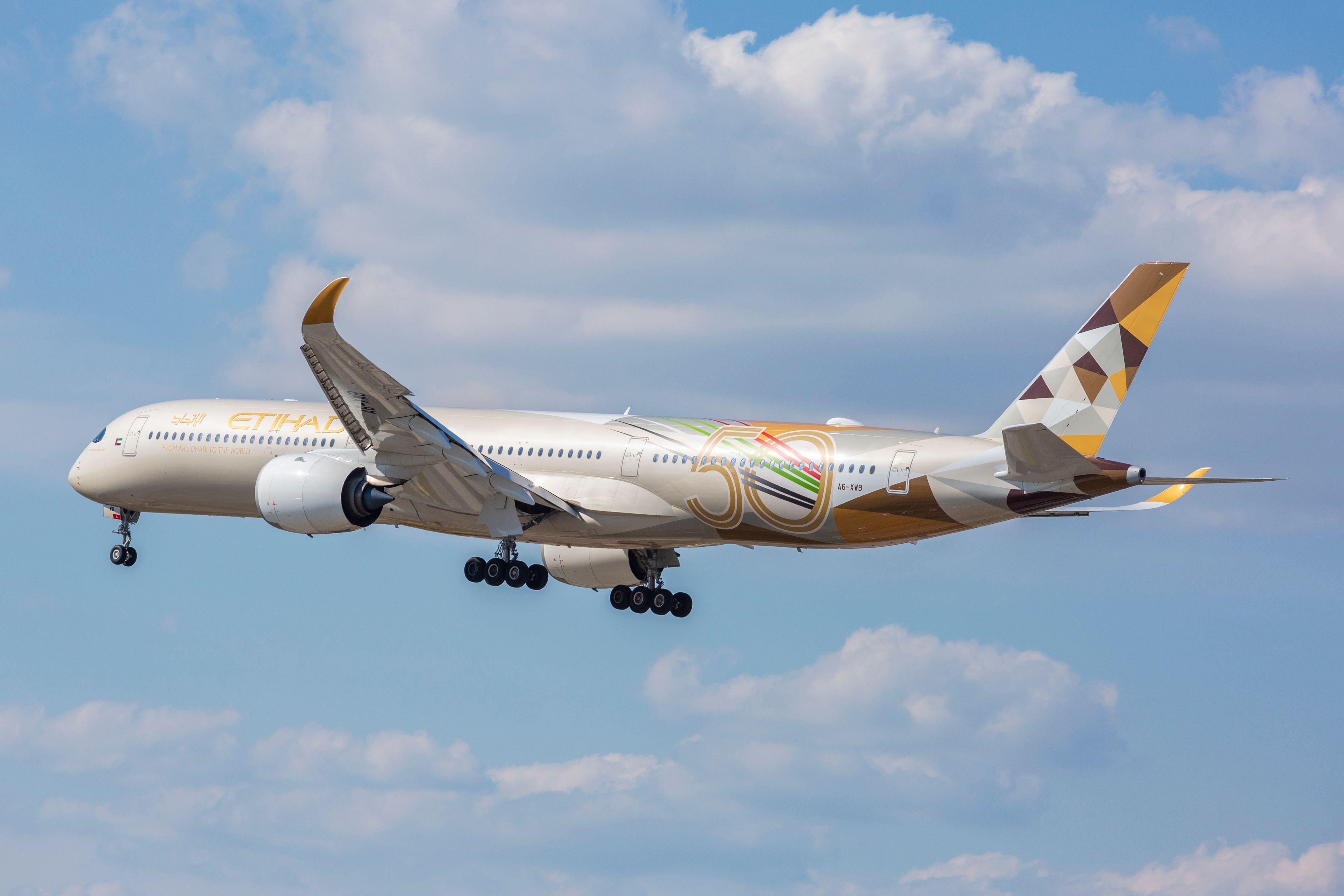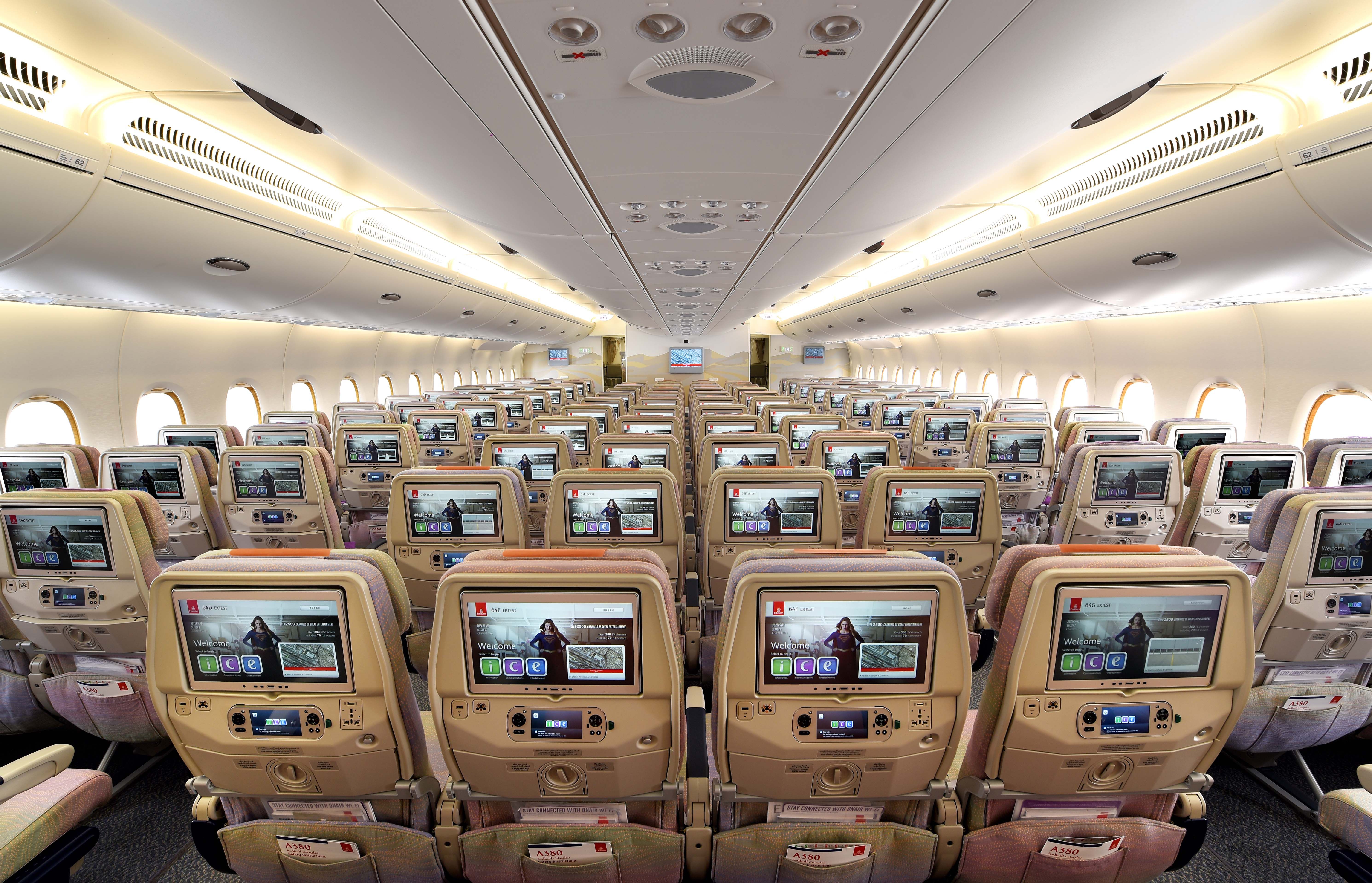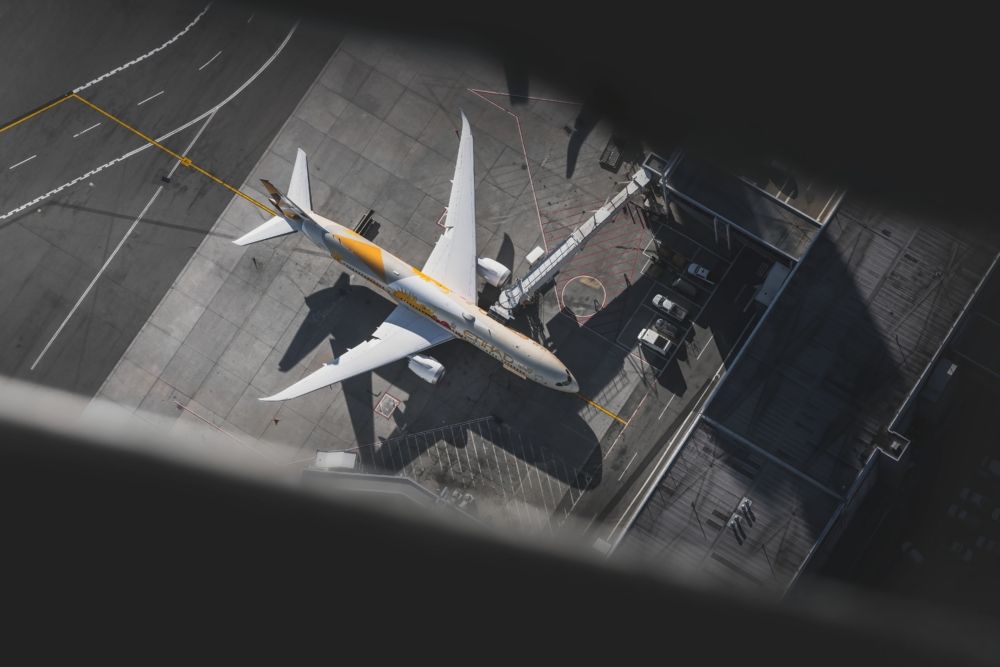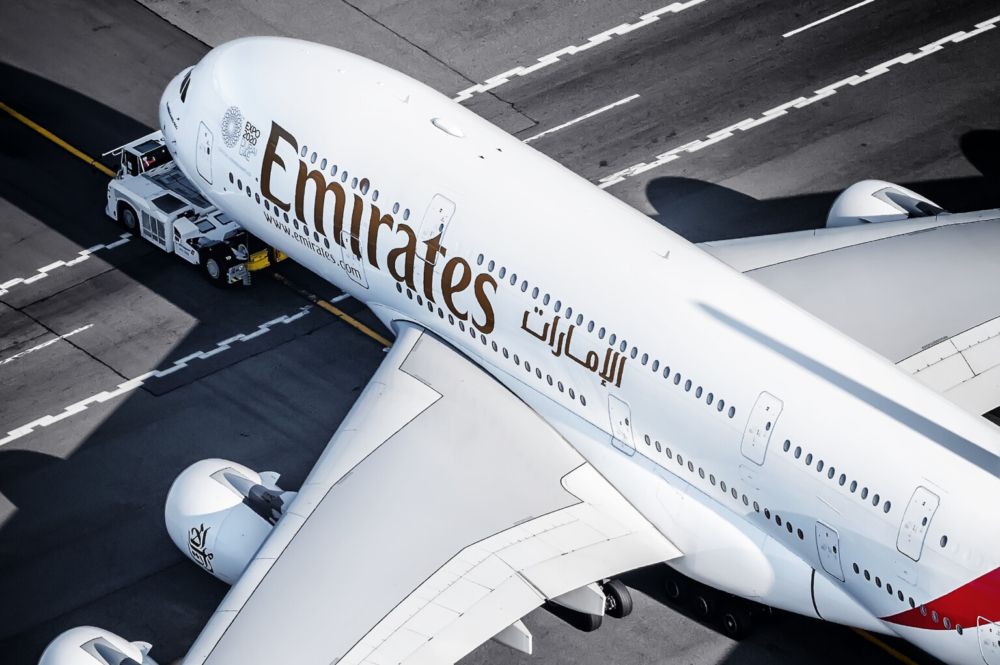Between them, Etihad and Emirates are two of the world's better-known international airline brands. The long-haul specialists based in the United Arab Emirates have become known for their big planes, deep pockets, and spacious premium cabins.
But what if, like most of us mere mortals, you were stuck further down the back of the plane? For that long-haul economy jaunt, which airline should you opt for - Dubai-based Emirates or Abu Dhabi's Etihad?
Which airline has the best network?
The pandemic saw both airlines forced to cut their destinations due to restrictions and demand. However, with things heading back to normal, both carriers are approaching their capacity, and the difference is stark. Etihad is flying to over 70 destinations across North America, Europe, Africa, the Middle East, Asia (with a powerful presence on the Indian subcontinent), and Australia.
Emirates' network is far superior for overall connectivity. The airline flies to 133 destinations across Africa, the Americas, Asia, Europe, the Middle East and the Pacific. The airline has a substantial presence across Africa and is particularly strong in Europe, the Middle East, and India. It also operates to three destinations in South America (Buenos Aires, Rio de Janeiro, and São Paulo), where Etihad has no presence.
Who has the best planes?
Data from ch-aviation shows that Etihad has a fleet of 81 active aircraft, not including its five Boeing 777 freighters on the cargo. The passenger fleet comprises 12 A320s and nine A321s, mainly for short-haul destinations and those with high frequencies, such as Delhi or Mumbai. The widebody fleet includes five Airbus A350-1000s, eight 777-300ERs, and ten Airbus A380s (of which only three have been reactivated), anchored by a massive 40 787s, split into 30 -9s and ten -10s.
It is worth noting that Etihad is planning on returning four of its A380s to its fleet - so far, three have been returned to service, while the fate of its remaining six A380s remains uncertain. Its returning A380s will help the carrier shore up capacity to popular destinations like London Heathrow (LHR).
Etihad's economy class layout on its 787 and A350s is laid out in a 3-3-3 configuration, whereas it is 3-4-3 across its 777 fleet. The narrowbody A320s feature a 3-3 layout. The A350 is the most preferable aircraft given its wider fuselage and nine-across seating, although it is only available on select routes.
Emirates has a much more simplified fleet consisting of over 260 passenger aircraft - the carrier only operates widebodies, namely 144 Boeing 777s and 119 A380s. It's the largest operator of both types globally and has a few configurations to suit its destinations.
Emirates has three 777 variants, but they all offer 3-4-3 economy class cabins (there are some twin seats toward the back of the cabin on the 777). It's the same 3-4-3 layout across the Emirates A380s, but most economy class travelers prefer the Airbus A380 because it is roomier.
The best ground experience?
Whether you fly through Abu Dhabi or Dubai, their respective airports are pretty good from a traveler's perspective. An economy class ticket on either airline will only get you lounge access if you hold elite frequent flyer status with that airline. However, both airports have decent pay-per-use lounges.
Dubai International Airport (DXB) is the larger of the two and hosts more airlines, creating global connection opportunities. While Abu Dhabi International (AUH) may be aging, getting around for connections when flying Etihad is much faster, so both have pros and cons for economy class passengers.
Get the latest aviation news straight to your inbox: Sign up for our newsletters today.
Etihad has been migrating to Abu Dhabi's new Mid-Field terminal in recent weeks, operating its first flight from Terminal A on October 31. Earlier this month, it unveiled its flagship airport lounge for premium passengers, but economy-class passengers can also purchase access to the state-of-the-art facility.
Your luggage allowances
Neither airline has a straightforward checked-in luggage policy for economy class travelers. Etihad's luggage policy is determined by weight rather than the number of bags. Where you are flying is also a factor. But the free allowance will range from 23kg on the cheapest economy fare type to 35kg on a fully flexible economy class ticket.
Emirates' economy class check-in allowance also depends on the fare bucket you are in. Economy class free checked-in bag allowances range from 20kg if you travel on an economy special fare to 35kg if you travel on an economy flex plus fare. Like with Etihad, you can check in as many bags as you like, provided the total weight doesn't exceed your fare allowance.
Both offer roughly the same weight allowance and make it easy to purchase more if needed, but be sure to check while booking if you expect to have plenty of luggage with you.
It's all about the seat
Whether you're on the bigger A380 or a smaller Dreamliner, seat sizes will be pretty much the same. However, your perception of space will be different.
On Emirates A380s, of which there are three variants, the economy class seat pitch will vary between 32" and 34". The seat width is generally 18". The airline operates three variants of Boeing 777s with four different configurations. Across them, the economy class seat pitch will also vary between 32" and 34". Seat width, however, varies between 17" and 18".
It might be unfair to include premium economy as this is not the same product category and is only offered by one of the two (although Etihad has just introduced something similar; more on that in a bit). However, we still thought we might mention that Emirates recently installed premium economy seats with around 38" of pitch and are 19.5" wide, configured in a 2-4-2 arrangement. Thus far, Emirates has only launched them on a select few aircraft but is planning for between 20 and 30 planes by 2023.
Over at Etihad, economy class seat pitch will vary between 31" and 33.5" depending on the aircraft type. More standard is the seat width, usually 17.5". But on Etihad's Dreamliners, seat width is just over 17", perhaps lending credence to some testimonies that Dreamliners are especially squeezy for economy class passengers.
However, while not a proper premium economy offering per se, on the A350s and 787s, Etihad has now installed Economy Space in the first five rows (six if you include the up-front bulkhead) of the economy cabin. This resembles United's Economy Plus and similar options, offering up to five inches of extra legroom. It also has a characteristic one-sided fold to the headrest to keep travelers from falling asleep on the shoulders of their co-passengers.
Regardless of where you sit in Etihad's economy class cabin, your seat will have a headrest, adjustable back support, and legroom. Each seat also has USB charging points, inflight entertainment screens (more on that later), and adjustable device holders. Flight attendants are also happy to provide complimentary blankets and pillows. At Emirates, it's much the same deal.
Overall, there's little to separate Etihad and Emirates regarding standard economy class seats. Perhaps Emirates has the edge because if you end up on the right 777, you might get 34" of pitch and 18" of width - not bad for an economy class seat. More notably, you won't end up on a narrowbody with Emirates, either.
Want answers to more key questions in aviation? Check out the rest of our guides here.
What's for dinner?
With meals onboard, everyone will have different preferences. Emirates' food menu is inspired by regional flavors and spices, with meals served on each flight that reflect the local culture. For example, a flight to Australia or New Zealand might feature minted lamb sausages with mashed potatoes and vegetables.
In contrast, chicken with caramelized plums or lamb Brochette with Arabic spices might be the main course on a Middle East flight. Emirates also serves specially made kids' and baby meals on colorful trays and snack boxes created especially for younger flyers.
Etihad has a different approach when it comes to meals and drinks onboard. While they offer the same range of specialized meals depending on passengers' dietary requirements, Etihad offers way more food than you might need.
The average flight would have two main meal services, two small snack services, and a larger snack for mid-flight. Plus, there is additional food at the plane's rear (for passengers to self-serve) at any time.
Lastly, drink service is conducted three times during meals (before, during, and after), ensuring you have plenty to drink. This attention to detail is excellent in our books. Drinks, alcoholic and non-alcoholic, are complimentary on both Emirates and Etihad.
Emirates also creates dozens of festive menus yearly to commemorate important religious holidays for each market. There have been Christmas, Eid, Thanksgiving, Diwali, and more offerings in the last few months, showing the focus on maximizing customer comfort onboard.
Inflight entertainment and technology
Let's take a look at the two different entertainment options onboard. Emirates' entertainment system, ice, has won countless Skytrax awards for its best-in-the-business features and has been voted the best around for 13 consecutive years.
And for a good reason: With 4,000 'channels' of movies, TV, music, and games, in addition to podcasts, radio shows, kids' channels, and live sports and news, Emirates' entertainment is truly top-notch. Emirates also has easy-to-reach power outlets in most economy seats. On the standard economy seat, Emirates screens are 13.3 inches.
Etihad has a very similar offering, with the latest movies and television shows on demand. However, they lack the solid range that Emirates has on offer. But if you are flying and only watching the latest movies, does it really matter? Etihad screens are only 11.8 inches big and are slightly slanted.
Regarding WiFi, Emirates offers WiFi for the whole flight for $9.99- $19.99, depending on the length of the flight. There are cheaper options if you want messaging services, and elite frequent flyers will also get a special WiFi deal on Emirates. I've found WiFi to be reliable on most routes, if not the fastest always.
On Etihad, non-elite economy class passengers can pay to access WiFi, ranging from $5.95 for 50MB to $29.95 for 300MB - which, frankly, is a lot of money for not much WiFi. Recently, the airline rolled out a free 'Chat' package for all Etihad Guest members, allowing you to remain connected on messaging service on the airline's widebodies.
They have two good inflight entertainment options, but it's always hard to beat Emirates in the inflight entertainment stakes.
Future fleet plans
With both carriers due to accept a large number of new, next-generation aircraft in the coming years, the onboard experience will be different. After upping its orderbook with Boeing at the recent Dubai Airshow 2023, Emirates is due to welcome over 200 Boeing 777Xs, the first of which is scheduled to arrive in 2025, along with 35 more Dreamliners.
This is not forgetting the carrier's incoming Airbus A350 fleet, which is due to begin arriving next year. One major upgrade the A350 will offer for economy passengers is its WiFi capacity - the fleet will offer high-speed internet connectivity with Inmarsat's Global Xpress (GX) satellite network.
Additionally, the good news for A380 fans is that the airline plans to continue operating the type until the 2040s. It recently signed a $1.5 billion deal with several partners to provide MRO and other support services for the coming years.
Etihad is in the process of growing its fleet to over 160 aircraft by the end of the decade. The 787 Dreamliner will continue to be a crucial part of its fleet, while the carrier also has the A350-1000, A321neo, and 777X on order.
Discover more aviation news with Simple Flying.
Who has the best economy class product? Emirates or Etihad?
At the end of the day, these things are subjective. Food may be important to one traveler but irrelevant to another. Someone will be obsessed about the WiFi allowance; someone else will search out the 1/2 inch of extra seat width. However, both have their share of advantages and disadvantages.
For example, Emirates' more comprehensive network means you are almost sure to find a connection to your destination with minimal hassle. You're also guaranteed to be in a 777 or A380, not risking finding yourself in a narrowbody for four hours or more. However, Etihad offers an excellent level of service and comfort, along with an extensive network of its own to connect to.
What do you think? Given a choice, who would you fly with? Let us know in the comments below.
Source: Planespotters.net, ch-aviation

